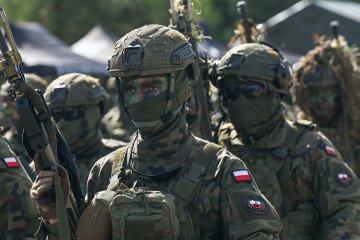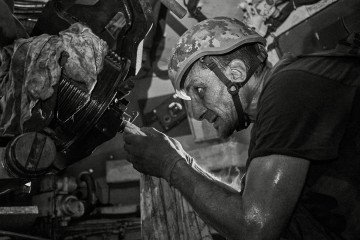
- Category
- War in Ukraine
Alexander is a French journalist and correspondent working and living in Ukraine for over eight years to cover war and human stories in his adoptive country. Studied literature, journalism and video reporting in Paris before heading East.

-ed6cc94c36f9d705ab74e8be861eb8a7.png)



